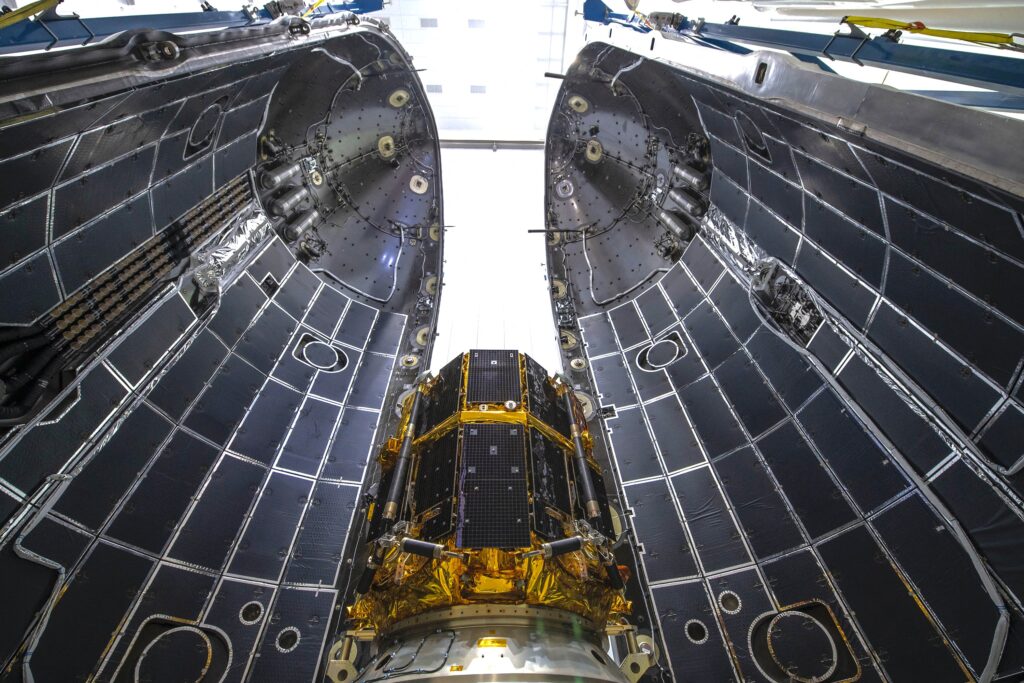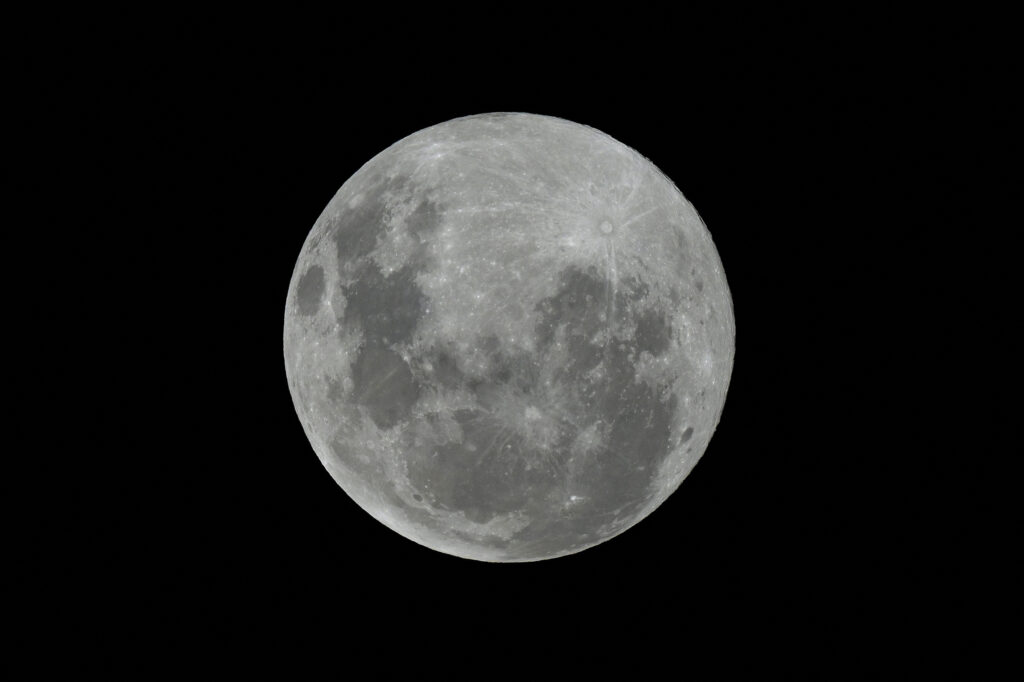





TOKYO: A Japanese company looking to land a craft on the surface of the moon admitted it had lost contact with the lander shortly before it was due to reach the surface.
Japan’s ispace Inc. spacecraft, which carried a rover from the United Arab Emirates along with other payloads, was launched aboard a rocket developed by US firm SpaceX in December.
If successful, it would have been the first private company in the world to reach the lunar surface successfully.
HAKAMADA Takeshi, CEO of the Tokyo-based company, told a live broadcast event that communication had been lost with the landing craft but he held out hopes that the craft had landed successfully and communications could be re-established.
The Mission 1 Lander began descending from about 100 kilometers above the surface of the moon and decelerated in steps from a velocity of 6,000 kph.
Hakamada said communication with the lander was maintained until the very end of the attempted landing.
“That means we acquired actual flight data during the landing phase,” he said. He added that even if it were not possible to receive further transmissions from the vehicle, many milestones had been passed on the mission that would help ensure success in follow-up missions.
The spacecraft took off from Cape Canaveral Space Station in Florida in December and was carrying seven payloads.
Hakamada said that ispace would endeavor to re-establish contact with the lander.